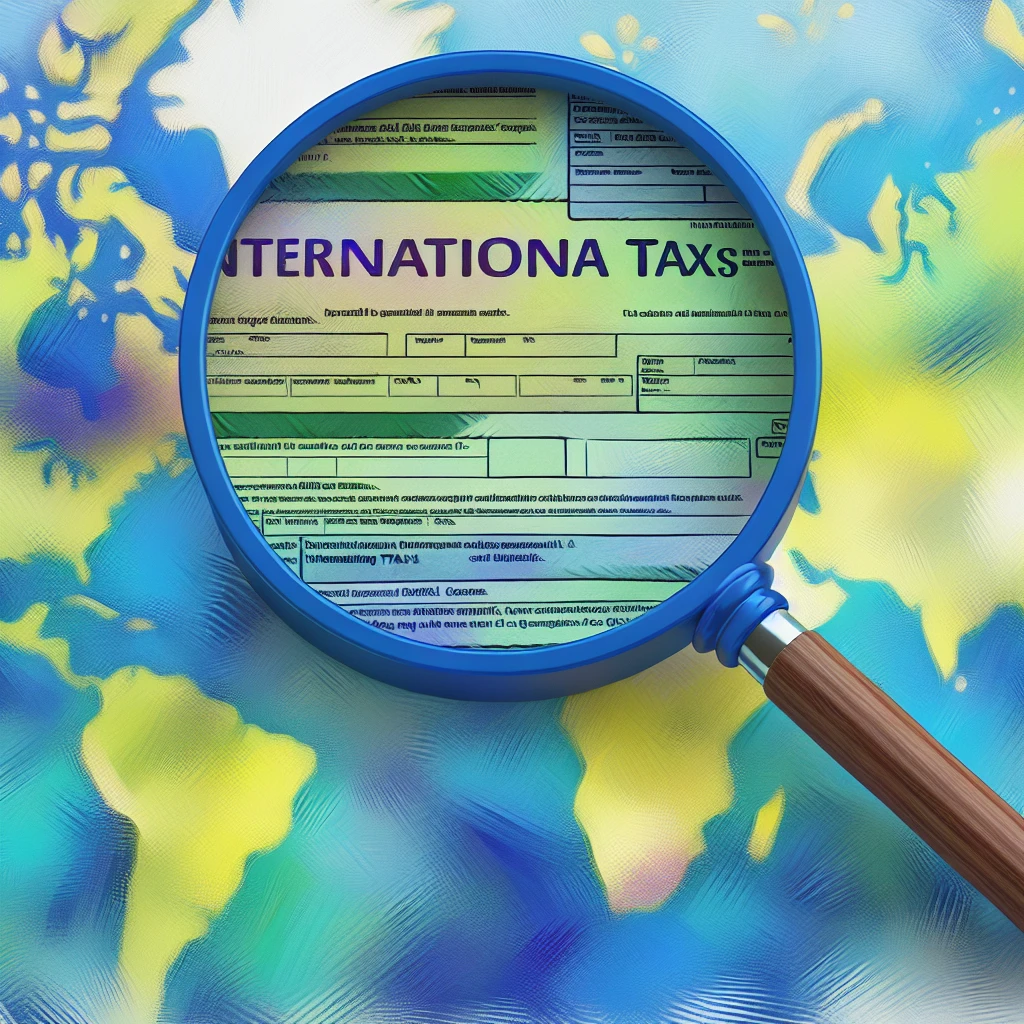Understanding Inflation in Accounting
When it comes to the world of accounting, inflation isn't just a buzzword tossed around during economic debates; it's a critical factor that can warp the very fabric of financial reporting. Think of inflation as the silent yet relentless force that can erode the purchasing power of money over time. For businesses, this means the numbers on their financial statements might tell a very different story from one year to the next, without a single transaction being out of place.
Inflation's significance in financial reporting is far from trivial. Imagine trying to compare your financial performance with previous years, or worse, with other businesses, without considering the sneaky effects of inflation. It's like running a race where the finish line keeps moving further away. Without adjusting for inflation, financial statements can become a distorted mirror, reflecting figures that are disconnected from economic reality. This can lead to misinformed decisions, misguided strategies, and a skewed perception of a company's financial health.
Accountants aren't magicians, but they do have a few tricks up their sleeves to combat inflation's impact. By employing certain accounting principles and practices, they can recalibrate financial statements to present a more accurate picture of a company's economic standing. This isn't just number-crunching for the sake of it; it's about preserving the integrity and comparability of financial information across time and space.
Understanding inflation in accounting isn't just about keeping score correctly; it's about ensuring that the score actually means something. It's a testament to the dynamic nature of finance, where accountants must be as adept at navigating economic fluctuations as they are at balancing the books. So, as we delve deeper into the realm of international financial reporting, let's not underestimate the power of inflation to shape the narrative of financial success or struggle. It's not just a line item—it's the undercurrent that can carry a business to prosperity or pull it under.
Accounting Standards for Hyperinflation
Now, let's shift our focus to the tumultuous terrain of hyperinflation and its impact on accounting standards. Hyperinflation is the extreme and rapid devaluation of a currency, often exceeding 100% inflation over three years, according to the International Accounting Standards Board (IASB). In such economic climates, traditional accounting principles are as effective as a chocolate teapot. The numbers become almost meaningless overnight, and without robust measures, financial statements can quickly turn into historical artifacts rather than tools for decision-making.
Enter the knight in shining armor for accountants worldwide: IAS 29, Financial Reporting in Hyperinflationary Economies. This standard mandates that financial statements be adjusted to reflect the changing value of money, ensuring that the financial information remains relevant and reliable. It's a bit like updating the software on your phone; without it, you're working with outdated tools that can't handle the current environment.
IAS 29 requires that the financial statements of entities operating in hyperinflationary economies be restated in terms of the measuring unit current at the end of the reporting period. This means that the figures are expressed in a more stable currency, typically the US dollar or euro, or adjusted by applying a general price index. It's a meticulous process, akin to converting an old VHS tape to a digital format, preserving the essence while making it accessible and useful in a modern context.
But the challenge doesn't end there. Applying IAS 29 is not just about changing numbers; it's about understanding the nuances of a rapidly changing economy. Accountants must keep their fingers on the pulse of the market, tracking indices, and exchange rates to ensure that the restatements reflect the real economic environment. It's a high-stakes game of accuracy and timeliness, where the goal is to provide a true and fair view of an entity's financial position, regardless of the economic maelstrom outside.
Moreover, the impact of hyperinflation isn't confined within national borders. In our interconnected global economy, the ripples can be felt across international financial markets, affecting foreign investors, multinational corporations, and even the comparability of financial statements on a global scale. Therefore, understanding and applying the principles of IAS 29 is crucial not only for compliance but also for maintaining investor confidence and the smooth operation of international capital markets.
In conclusion, while hyperinflation can turn the world of accounting on its head, IAS 29 offers a lifeline, ensuring that financial statements remain a beacon of clarity amidst the chaos. It's a testament to the resilience and adaptability of accounting standards in the face of economic adversity, and a crucial tool for businesses to navigate through the stormy waters of hyperinflation.
Mitigating Inflation's Impact on Financial Statements
With the stage set by the rigorous standards of IAS 29, businesses must now take proactive steps to mitigate inflation's impact on their financial statements. It's a bit like battening down the hatches before a storm; preparation is key. Inflation can erode the purchasing power of money, making financial reports less reflective of current economic realities. To combat this, companies need to adopt strategies that go beyond mere compliance and strive for a true representation of financial health.
One effective approach is the use of constant purchasing power accounting (CPPA). This method adjusts non-monetary assets and liabilities to reflect changes in the general price level. By doing so, businesses can provide a more accurate picture of their financial position. It's like giving your financial statements a pair of glasses to see through the fog of inflation.
Another strategy is to frequently update inventory valuation. In times of inflation, the cost of goods sold can quickly become outdated, leading to distorted profit margins. Regular reassessments ensure that inventory is valued at current costs, providing a clearer view of profitability. Think of it as recalibrating your scales to ensure you're measuring weight, not the impact of gravity changes.
Furthermore, businesses can engage in hedging activities to protect against inflation risk. This could involve investing in assets that typically increase in value during inflationary periods, such as real estate or commodities. It's akin to wearing a financial life jacket, keeping your assets afloat as the tide of inflation rises.
Debt management also plays a crucial role. Inflation can actually benefit debtors, as the real value of debt diminishes over time. Savvy businesses might take on fixed-rate debt before inflation spikes, effectively paying back less in real terms later. It's a strategic move, like locking in a favorable exchange rate before currency values fluctuate.
Lastly, transparent communication with stakeholders is essential. Inflation can cause uncertainty and concern among investors, creditors, and even employees. Regularly updating stakeholders with inflation-adjusted figures can maintain trust and provide assurance that the business is on top of the situation. It's about keeping everyone in the loop, ensuring that the financial narrative is clear and comprehensible.
In essence, while inflation can be a formidable foe, with the right strategies, businesses can shield their financial statements from its distortive effects. It's about being nimble, strategic, and clear-sighted in financial reporting, turning potential vulnerabilities into strengths. By doing so, companies can maintain the integrity of their financial information, making it a reliable compass that guides through the inflationary fog.



